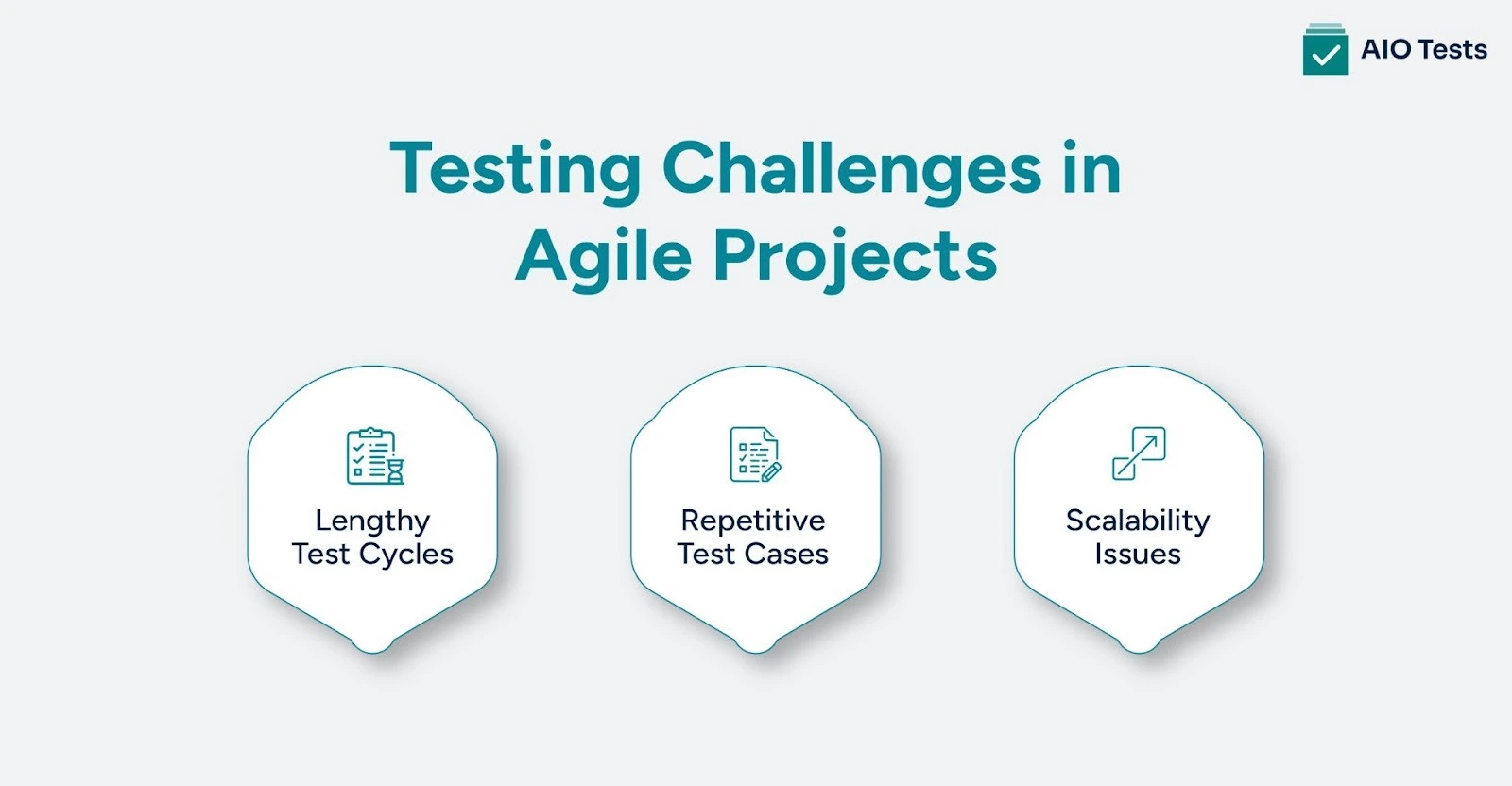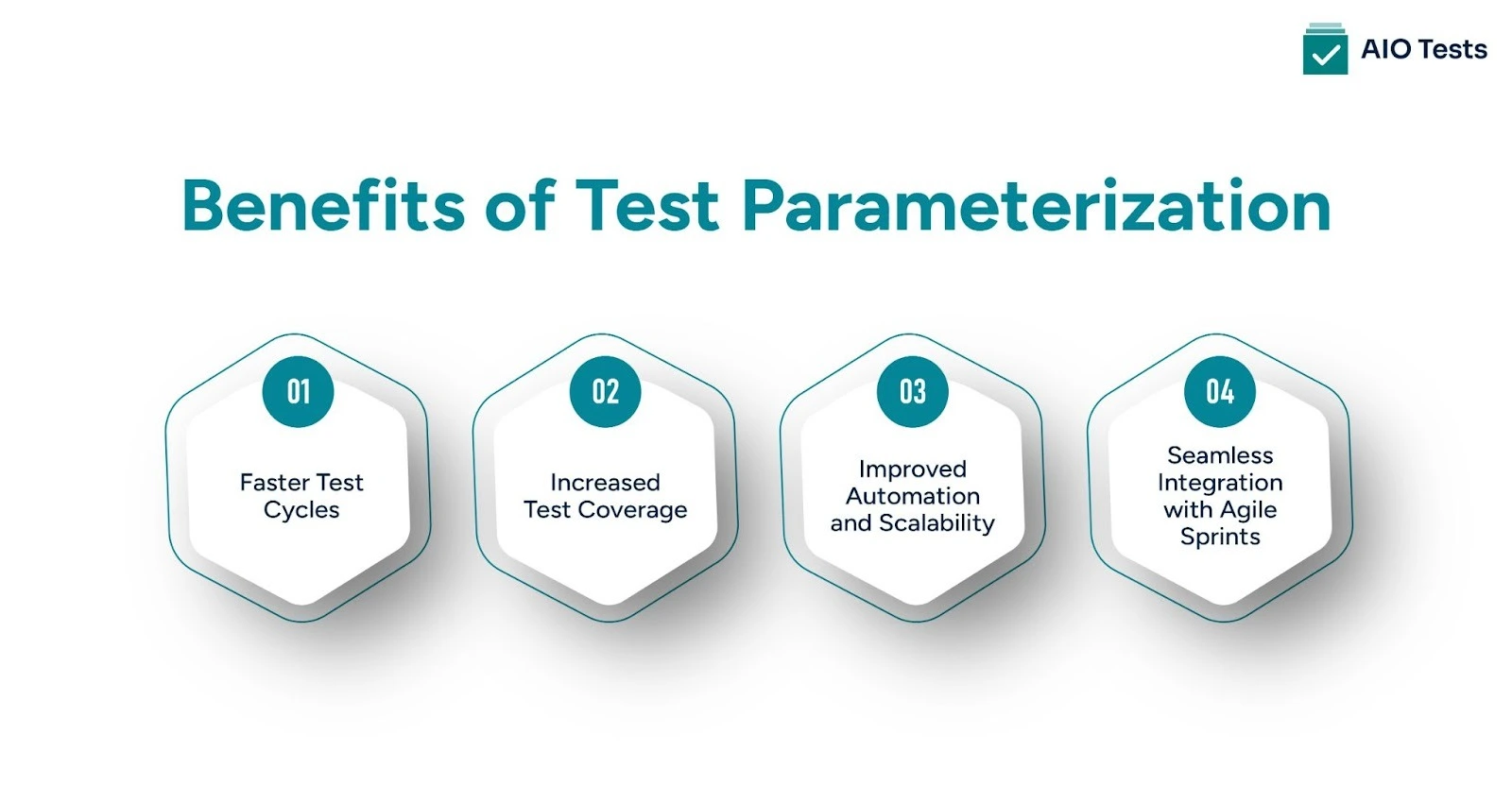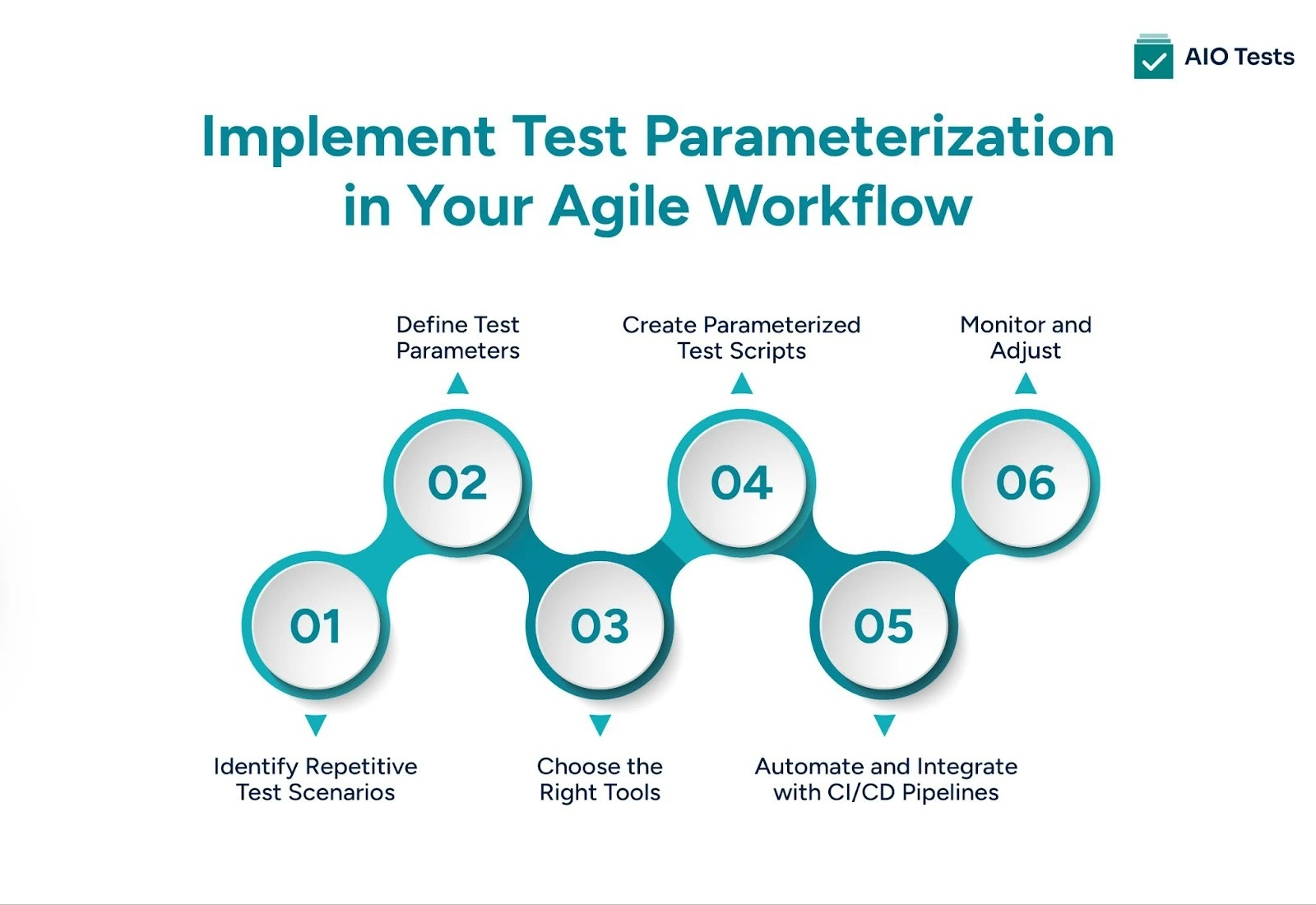
Agile teams move fast, much faster than most QA processes can keep up with. When every sprint introduces new features, updates, and edge cases, even the most organized QA manager ends up fighting a battle like test cycles that keep getting longer while release windows keep getting tighter.
The real slowdown isn’t the testers. It’s the repetitive test cases, static test data, and manual variations eating away at sprint velocity. That’s where test parameterization becomes a game-changer. By turning rigid tests into dynamic, data-driven ones, Agile teams can cover more scenarios, run tests faster, and eliminate the redundancy that drags cycles down.
In this blog, we’ll break down how parameterized testing works, why it accelerates Agile test cycles, and how you can use it to remove your biggest testing bottlenecks without sacrificing quality.
Testing in Agile environments often feels like a race against time. With development cycles moving at breakneck speed, QA teams are constantly under pressure to ensure that everything works before the next sprint begins.
Understanding the different types of testing and when to apply them can help teams stay ahead, though a few common challenges still hold them back, making it harder to keep pace with Agile’s demands.

Manual testing is a significant contributor to delays in Agile projects. Relying solely on manual or automated testing decisions without the right balance often leads to slower delivery and creates a bottleneck in the Agile process. Teams find themselves spending too much time testing and not enough time innovating.
Here’s why:
One of the biggest inefficiencies in Agile testing is the repetitive nature of writing test cases. This repetition wastes time and increases the risk of overlooking important edge cases, potentially allowing defects to slip through.
Here’s how that shows up:
As product features grow and the software becomes more complex, the testing demands also increase. When Agile teams try to scale without an effective testing strategy, they end up with longer test cycles and incomplete coverage, which can compromise the quality of the final product.
Unfortunately, traditional testing methods aren’t equipped to handle this kind of scaling:
Test Parameterization is a strategy that helps simplify and speed up the testing process by allowing you to run the same test with different inputs. Instead of writing multiple test cases for every small variation in the data, you can create a single test script that adjusts dynamically based on the input parameters.
.webp)
Test parameterization offers several key benefits for Agile teams, particularly in increasing efficiency and keeping pace with fast-paced sprints. Here’s how it helps:


Implementing test parameterization into your Agile workflow doesn’t have to be complex. With the right approach to test data parameterization, you can begin reaping the benefits of faster and more efficient testing.
Here’s a step-by-step guide to help you get started:
Start by finding test cases that repeat with small variations. These are the easiest to optimize because they already follow predictable patterns. These repetitive flows are the ideal candidates for test scenario parameterization, letting you cover more conditions without manual effort.
Break each test case into flexible components. Replace hardcoded values with dynamic variables that can be swapped as needed. This is exactly where automated test parameters come into play, allowing the same script to operate across multiple data sets without rewriting anything.
Select test management tools, such as Selenium, TestNG, JUnit, or AIO Tests, that fully support parameterization. The right tool will also simplify your QA test configuration, making it easier to manage inputs, integrate pipelines, and scale your testing without slowdown.
Write scripts that can pull values from external sources such as CSV files, spreadsheets, or databases. This gives you stronger test input management while keeping scripts reusable, maintainable, and adaptable to evolving feature requirements.
Once your scripts are parameterized, automate them and make them a core part of CI/CD in automation testing. Integrating these tests into your CI/CD setup ensures they run consistently across builds. Tools like Jenkins, GitLab, and Bamboo help push this into a seamless execution loop, reducing delays and accelerating sprint feedback.
Keep an eye on the results. As your application evolves, your parameters must evolve too. Review your coverage, refine inputs, and update test configurations to ensure your parameterized tests stay aligned with sprint-level changes.
By following these steps, your Agile team can quickly implement test parameterization to make testing more efficient, thorough, and scalable.

AIO Tests is an AI-powered test management tool built natively for Jira, designed to streamline every stage of parameterized testing for Agile teams. It gives QA teams a single platform to create, execute, and manage both classic and BDD test scenarios, ensuring everything from requirements to defects is fully traceable in Jira.
Key parameterization features in AIO Tests include:
With robust integration for tools like Jenkins and GitHub Actions, AIO Tests drives continuous testing within Agile pipelines. Its scalable, user-friendly design helps teams reduce testing overhead, boost coverage, and accelerate delivery.
In this blog, we’ve explored the key challenges that Agile teams face, including lengthy test cycles, repetitive test cases, and scalability issues, and how parameterization in testing can address these problems.
Test parameterization is essential for Agile teams looking to keep up with fast-paced sprints while maintaining high-quality standards. It helps reduce redundancy, improve test automation, and seamlessly integrate into Agile workflows, ensuring faster delivery with more reliable results.
If you’re ready to streamline your testing process and enhance your Agile workflows, explore AIO Tests’ tool. With advanced test parameterization features, AIO Tests can help you optimize your testing strategy and accelerate your time-to-market. Book a demo with AIO Tests today to see how it can transform your Agile testing process.

Parameterized testing helps Agile teams run automated tests with multiple data sets without creating separate scripts. This reduces maintenance, speeds up execution, and supports continuous testing during fast-moving sprints.
Test parameterization centralizes input values in structured datasets, making it easier to manage, update, and reuse data. This avoids scattered test inputs and reduces the risk of inconsistent or outdated test data.
Yes. By replacing multiple similar tests with one data-driven test, teams can significantly reduce the number of test cases they need to maintain without losing coverage.
Parameterized tests can run against wide sets of data, including extreme, invalid, and boundary values. They reveal edge case defects that might be missed in manually written test variants.